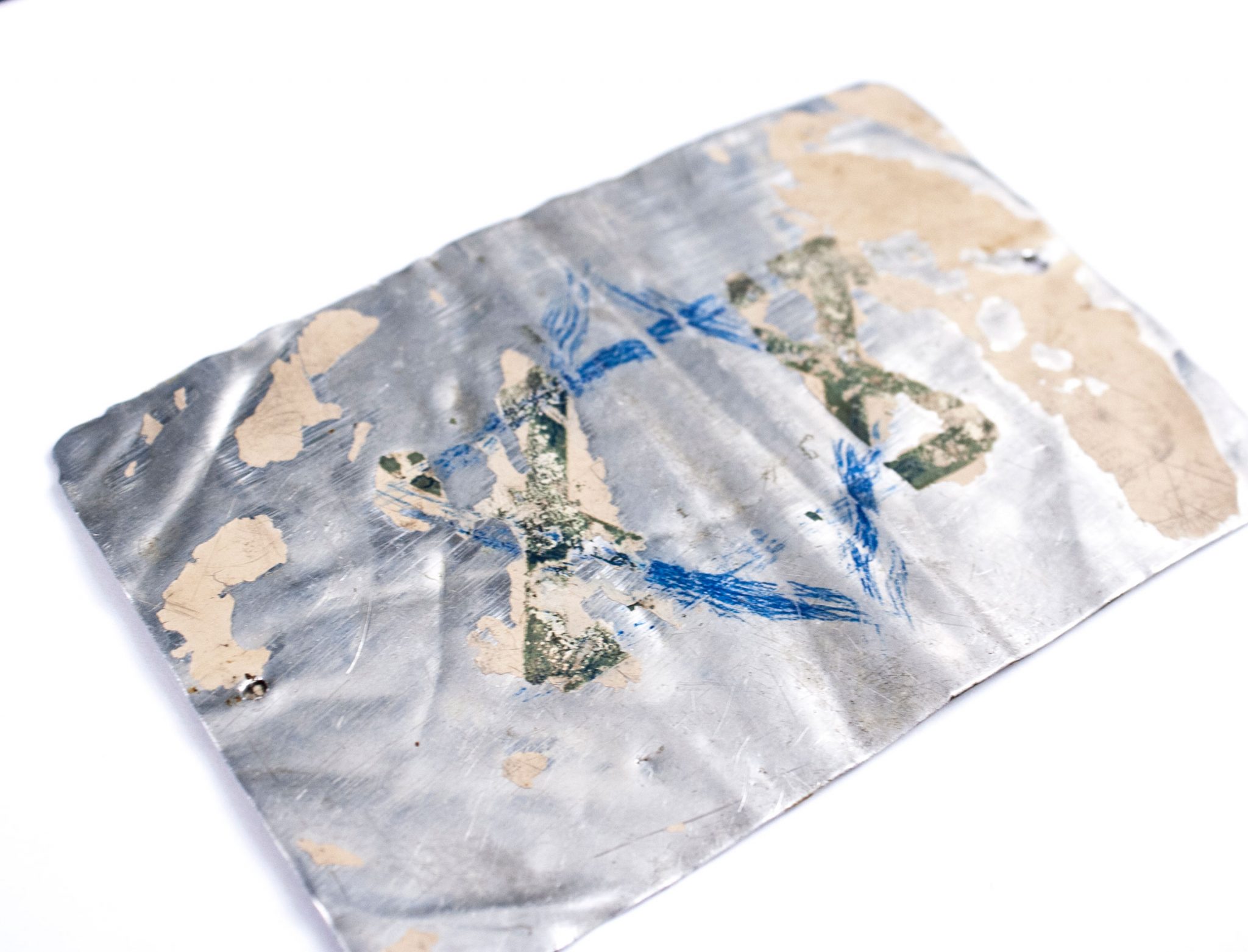June 5th, 2017–
For Jews who remained in Europe, it became more and more difficult to escape the reach of the Third Reich. With every country they invaded, the Nazis increased efforts to identify Jews in the areas they took over. After the Nazis invaded Poland in 1939, they required Jews to wear an identifying badge. This badge consisted of a white armband with a blue Star of David, which Jews were responsible for making or purchasing themselves. Those caught without a badge faced potentially severe punishment, including humiliation, fines, imprisonment, and even death. Requiring Jews to wear identifying badges served two main purposes. First, it added to the isolation and stigmatization of European Jews who were now easily identifiable in their daily life. Second, requiring Jews to wear badges helped the government to monitor and track Jewish activity.
After the Nazis implemented badges in Poland, they decided to expand the practice elsewhere. From 1941 through 1944, the practice was adopted in most areas under German control. Though badges varied in appearance, most were required to be a yellow Star of David with “Jew”—written either in German or a native language—at the center in black. This Polish armband was worn by Joseph Strauss. Joseph lived in L’viv, Poland (modern day Ukraine) with his wife and son, Mark. He worked at his family’s sheet metal company before the invasion of Poland. This armband is particularly interesting because it is made from tin, and has the required blue Star of David etched onto the surface. It is possible Joseph made this badge with resources available to him through his work.

Tin Star

Luftwaffe Factory Badge
Joseph wore this badge during the ghettoization phase of L’viv, which occurred in 1941, two years after the first ghetto—also in Poland—was established. He continued to wear the badge after being forced to move into the L’viv ghetto in 1942. Ghettos were segregated areas, often enclosed, where Jews were forced to live, physically separated from non-Jewish communities. Though ghettos varied greatly, most had terrible living conditions where living quarters were tight, mobility was limited, disease was rampant, and food was scarce. They were established as temporary spaces, existing so that Nazis could round up Jews for deportation to concentration camps and killing centers.
While in a ghetto, Jews were required to carry out forced labor, which consisted largely of manual labor for the Third Reich. This “W” badge also belonged to Joseph Strauss who wore it in the L’viv ghetto. Joseph was assigned to work for the Wehrmacht (military) at a Luftwaffe (air force) factory. This patch allowed Joseph to enter and exit the ghetto for work. He was able to use this mobility to sneak his son out of the ghetto while on his way to work. Joseph hid his son, and later his wife, with a local woman before he was able to escape. The family remained in hiding until the end of the War. Joseph’s son, Mark, a local survivor, donated his father’s badges to the Museum in 2001.
The tin badge, the Luftwaffe badge, as well as other artifacts in our collection are available to view online! Click here to view.
